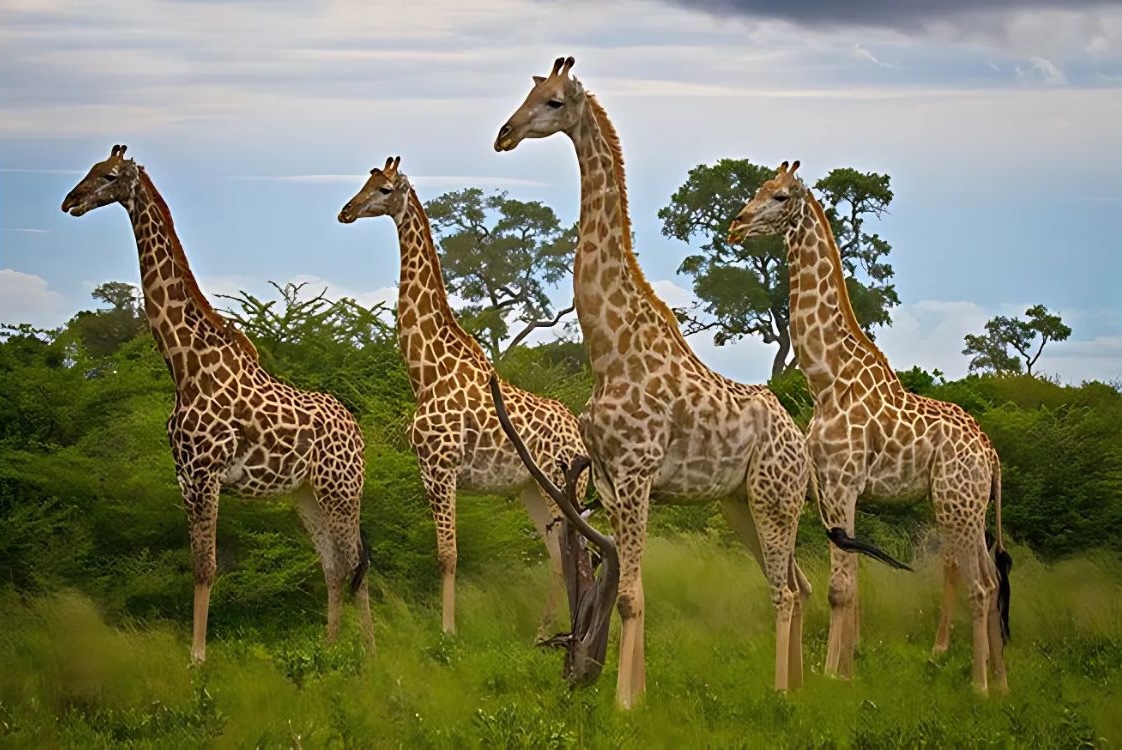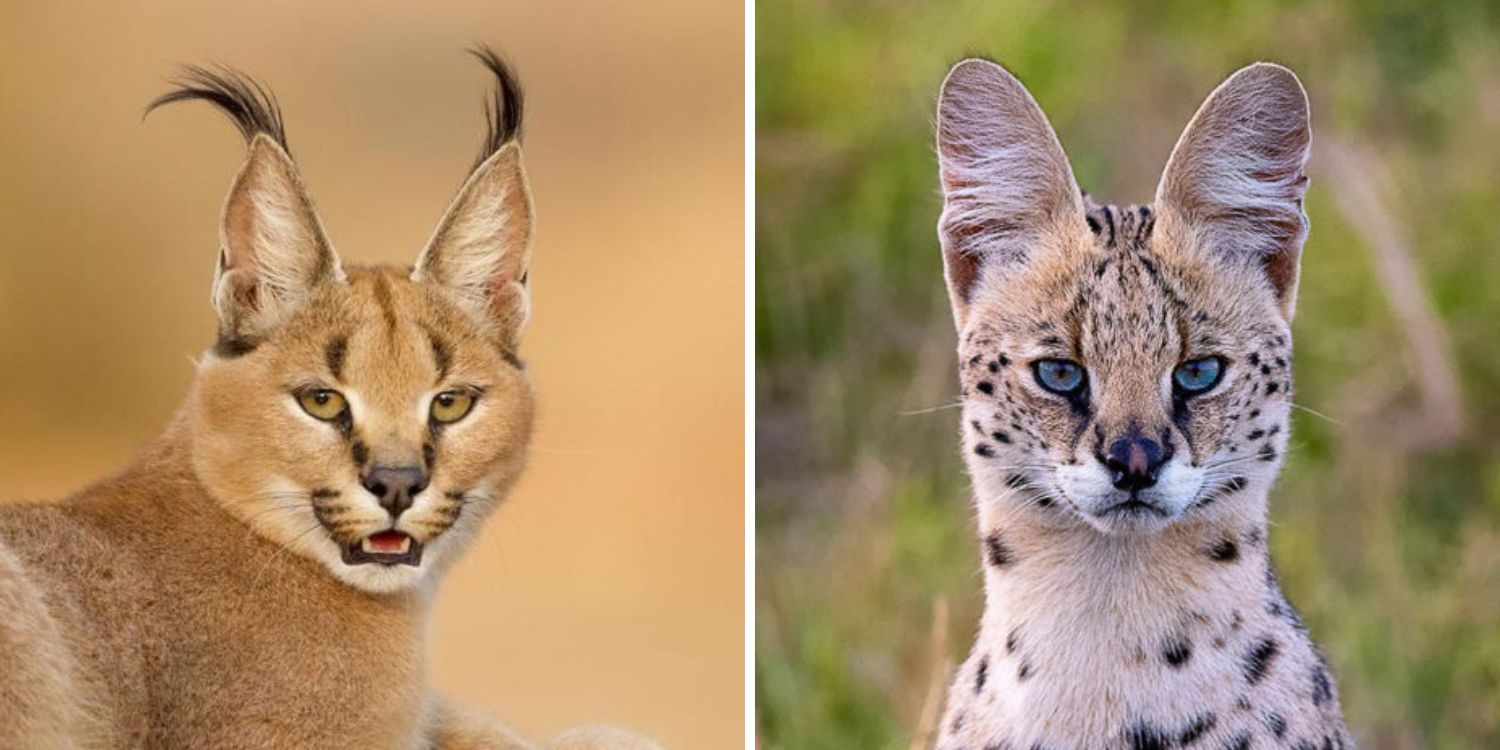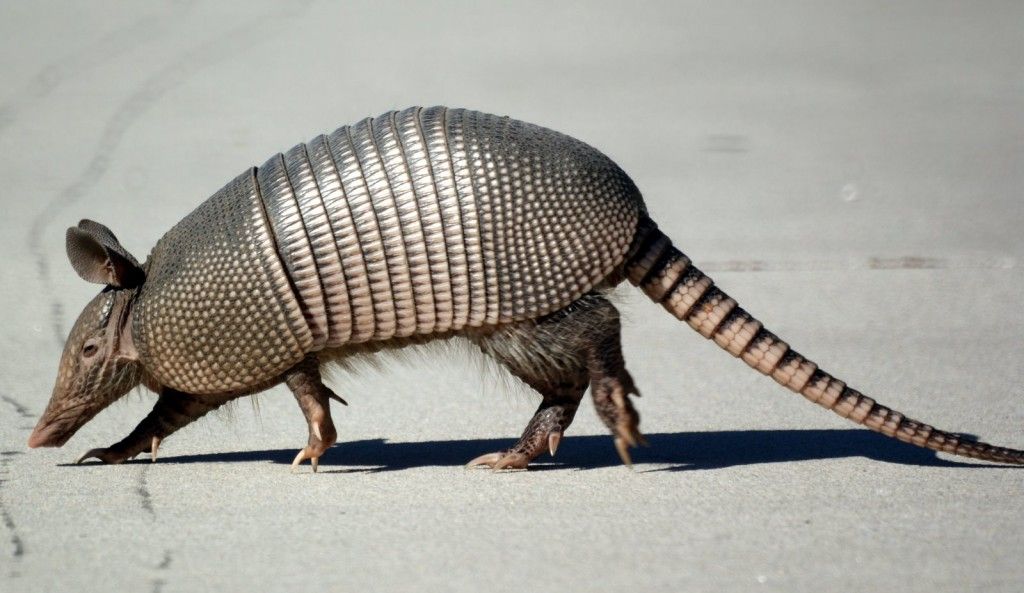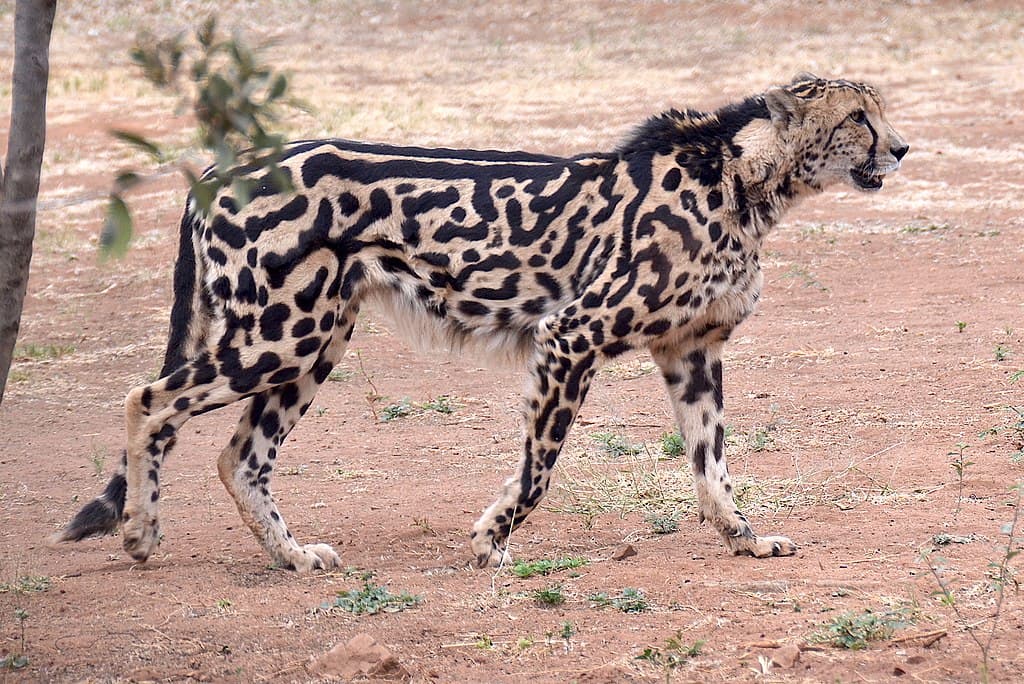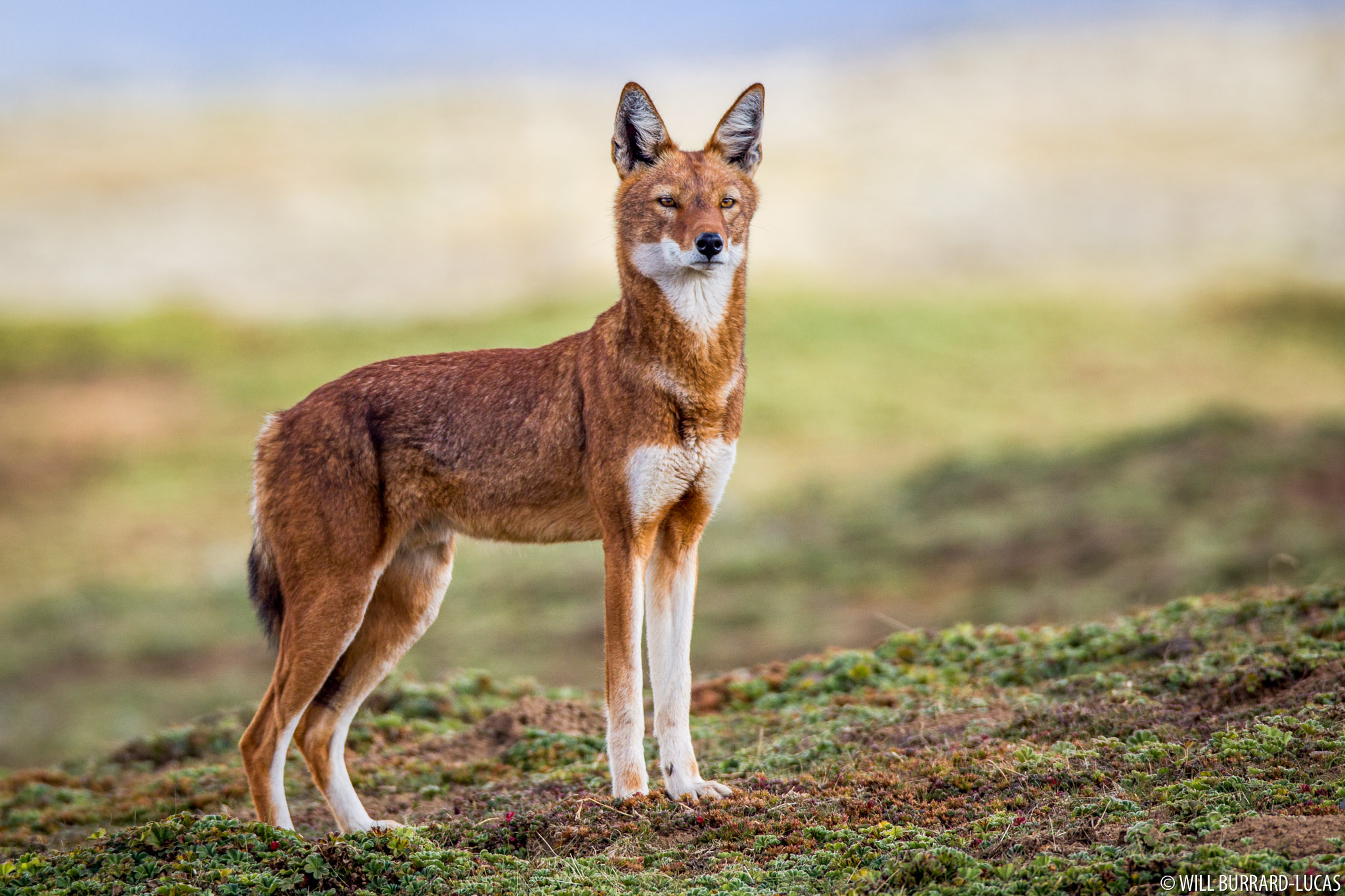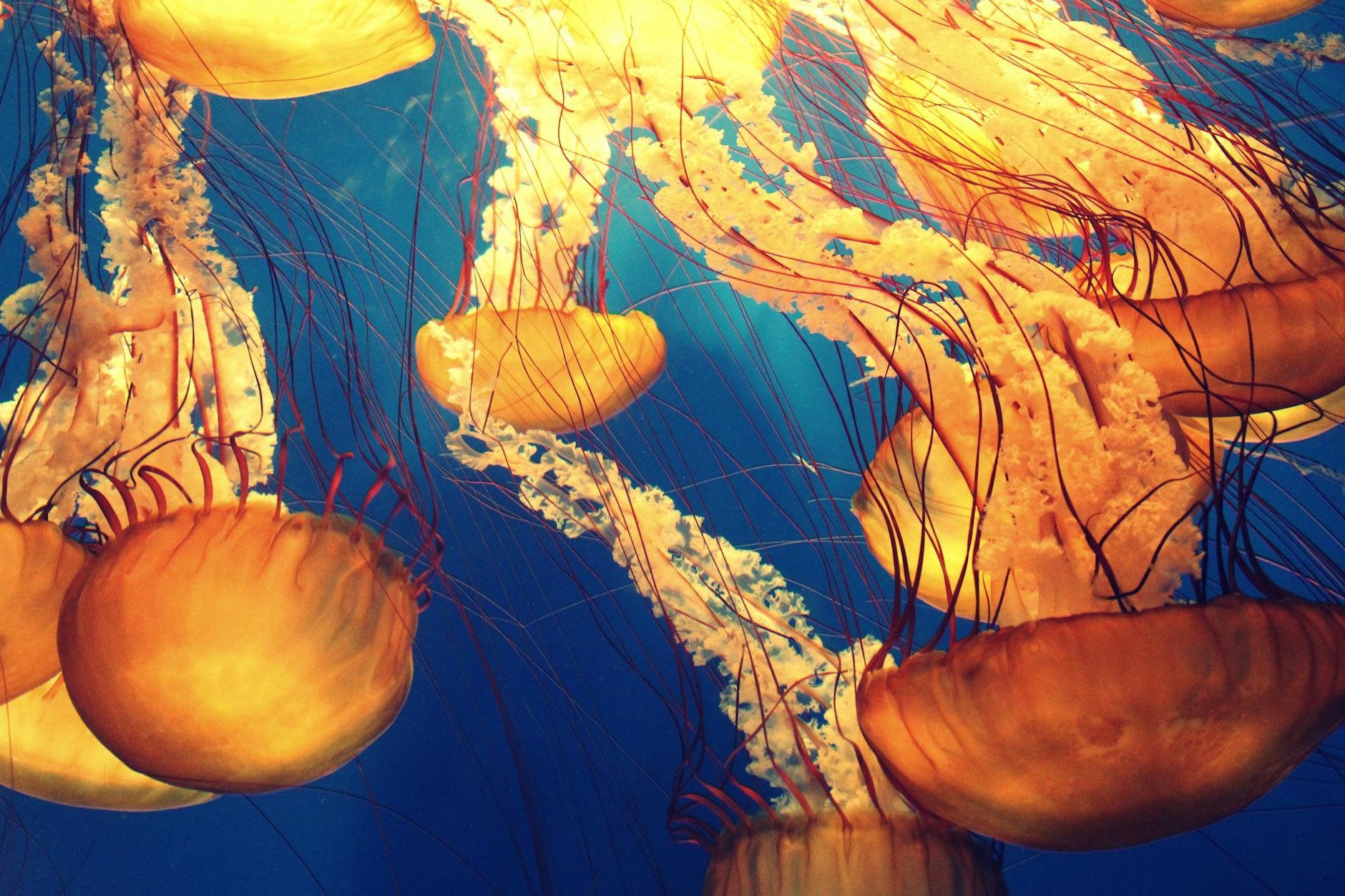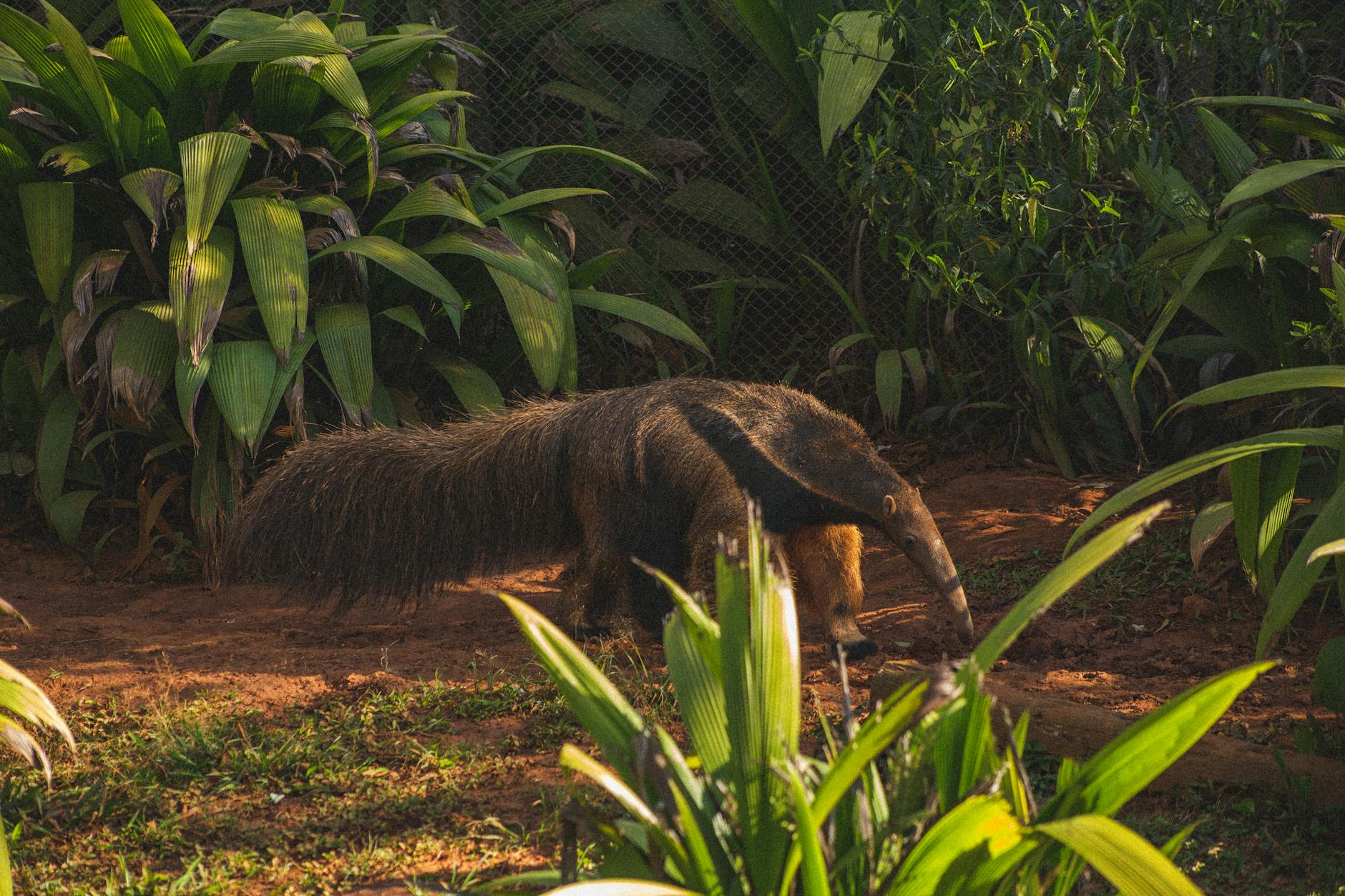
The Marvelous Anteater: A Tongue-Lashing Life
The anteater, a truly unique creature, is a fascinating example of how animals adapt to their environments. With its long, sticky tongue and powerful claws, this mammal is perfectly designed for a life spent searching for ants and termites.
There are four species of anteaters:
- Giant Anteater: This is the largest species, found in grasslands and savannas from Central to South America.
- Northern Tamandua: Inhabits tropical forests and savannas from Mexico to Bolivia.
- Southern Tamandua: Found in South America, from Colombia to northern Argentina.
- Silky Anteater: The smallest species, living in the rainforests of Central and South America.
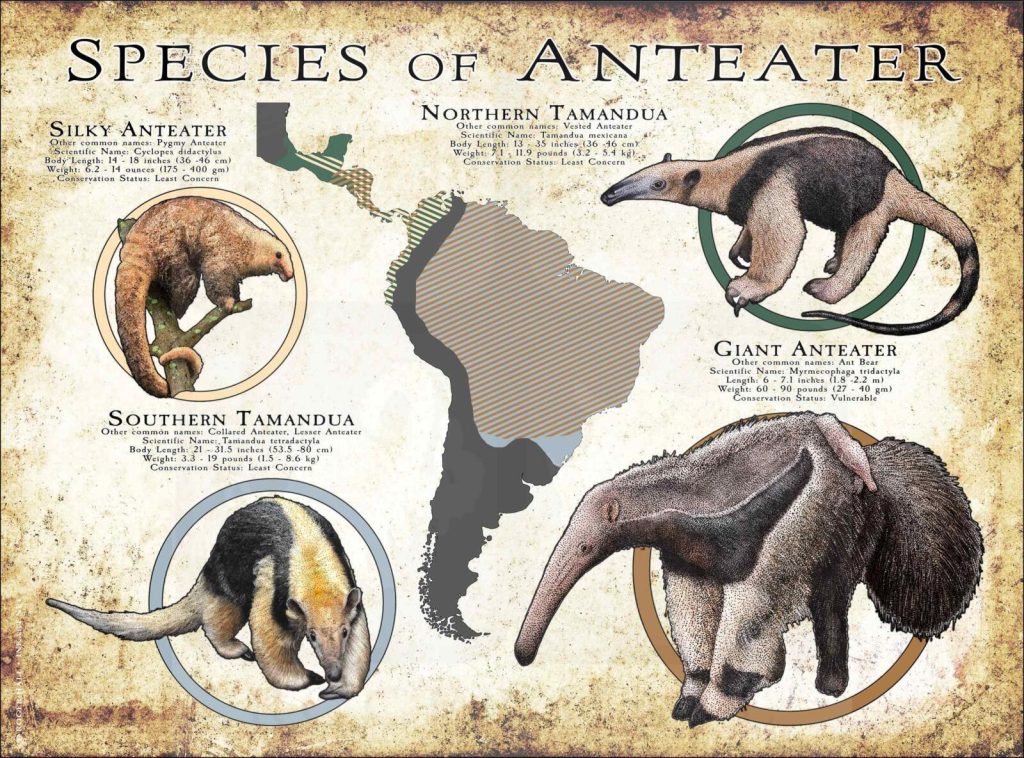
A Life Without Teeth
Believe it or not, anteaters have no teeth! Instead, they rely on their incredibly long, sticky tongues to slurp up thousands of insects daily. This specialized tongue can be up to two feet long and can be flicked in and out of the mouth with astonishing speed – up to 150 times per minute!
A Powerful Digger
Anteaters are powerful diggers, thanks to their strong claws. These claws are so sharp that they can easily tear open termite mounds or ant nests. They also use their claws to defend themselves against predators like jaguars and pumas.
Solitary Travelers
Anteaters are typically solitary animals, preferring to roam alone through their forest or savanna habitats. They are most active at night, when they venture out to search for food.
A Slow and Steady Pace
Don’t expect to see an anteater sprinting through the jungle! These creatures are slow-moving and deliberate in their movements. Their long, bushy tails help them balance as they navigate their surroundings.
Maternal Instincts
Anteater mothers are incredibly devoted to their young. They give birth to a single baby, which they carry on their back for the first few months of its life. This allows the baby to travel with its mother and learn the skills it needs to survive.
Conservation Concerns
Unfortunately, many anteater species are threatened by habitat loss and illegal hunting. Deforestation and the destruction of their natural habitats are major threats to their survival.
Fun Facts About Anteaters
- Giant Anteaters: These are the largest anteaters, growing up to seven feet long!
- Hairless Anteaters: Also known as Silky Anteaters, these tiny creatures are the smallest of the anteater family.
- Anteaters are excellent swimmers: They can hold their breath for up to six minutes!
- They have powerful senses of smell: Anteaters rely heavily on their sense of smell to locate their food.
- Their claws are curved and sharp: These claws are not only for digging but also for self-defense.
- They have a very low metabolic rate: This helps them conserve energy, as they don’t expend a lot of energy in their slow-paced lifestyle.
- Anteaters are considered a keystone species: This means they play a crucial role in maintaining the balance of their ecosystems.
If you ever have the chance to see an anteater in the wild, consider yourself lucky! These amazing creatures are a true marvel of nature.
More photos below ↓







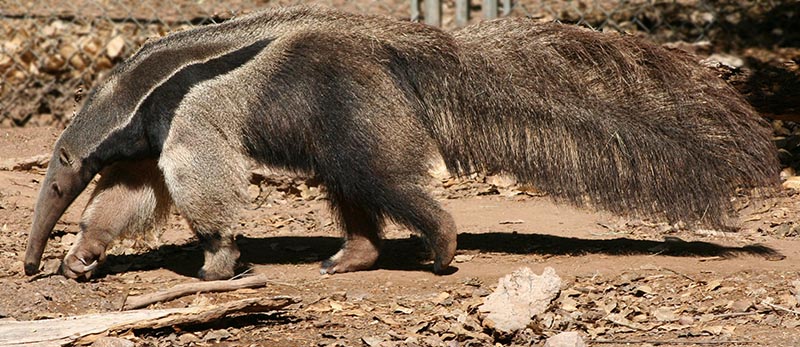





We hope you enjoyed this informative and fun look at the life of the anteater!
Disclaimer: This blog post is for edutainment purposes only and may not be entirely accurate.

